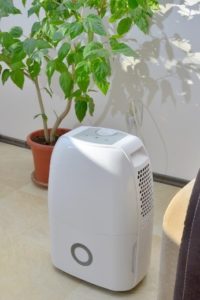
Look for these signs of poor indoor air quality before it’s too late.
The under-ventilated, tightly sealed indoor environment can be more polluted than the outdoor atmosphere. Hazardous chemicals, toxic mold spores, and harmful elements from cleaners can contribute to poor indoor air quality.
Poor indoor air quality can lead to congestion, coughing, headaches, sneezing, watery eyes, or nosebleeds shortly after you enter your home. If you fail to address poor indoor air quality, these minor health conditions may translate to severe medical issues. In the long run, you may experience shortness of breath, chronic sickness, fatigue, muscle pain, rashes, fever, vomiting, and chills. To avoid these issues, you need to identify the signs of poor indoor air quality and take steps earlier on.
Here are some signs of poor indoor air quality:
Smell and Temperature
Look out for unpleasant smells that would stay for prolonged periods in your home. For instance, if you can smell the food you had last night, your home probably lacks proper ventilation.
Also, inconsistencies in temperatures around different parts of your home can also be a sign of poor indoor air quality. For example, if one area is warmer or colder than other areas, you most likely have an indoor air distribution problem, which can affect the purity of air.
High Humidity Levels
To prevent microorganism growth and ensure maximum comfort, the humidity levels should be between 30% and 50%. High humidity levels make your home susceptible to mold and mildew growth, which can result in serious health issues, such as allergic reactions and respiratory problems.
You can use a dehumidifier to control the humidity levels, but make sure that they don’t drop too low. Low humidity can lead to dryness that can cause dry/itchy eyes, skin and sinuses and trigger upper respiratory infections.
Excessive Dust
If you detect dust buildup around vents and other surfaces in your home, you have poor indoor air quality.
Different types of dust and dirt, including dust mites, pollen and pet dander, may aggravate allergies. To resolve the issue, consider upgrading your air filter or adding an HEPA filtration system at home. You can also hire professionals to clean your ducts.
Health Issues
If multiple people in your home experience cold and flu symptoms, such as a lot of coughing and sneezing, then you have poor air quality. In this case, you should immediately consult an HVAC technician regarding professional solutions and look for ways to improve air ventilation and cleaning.


